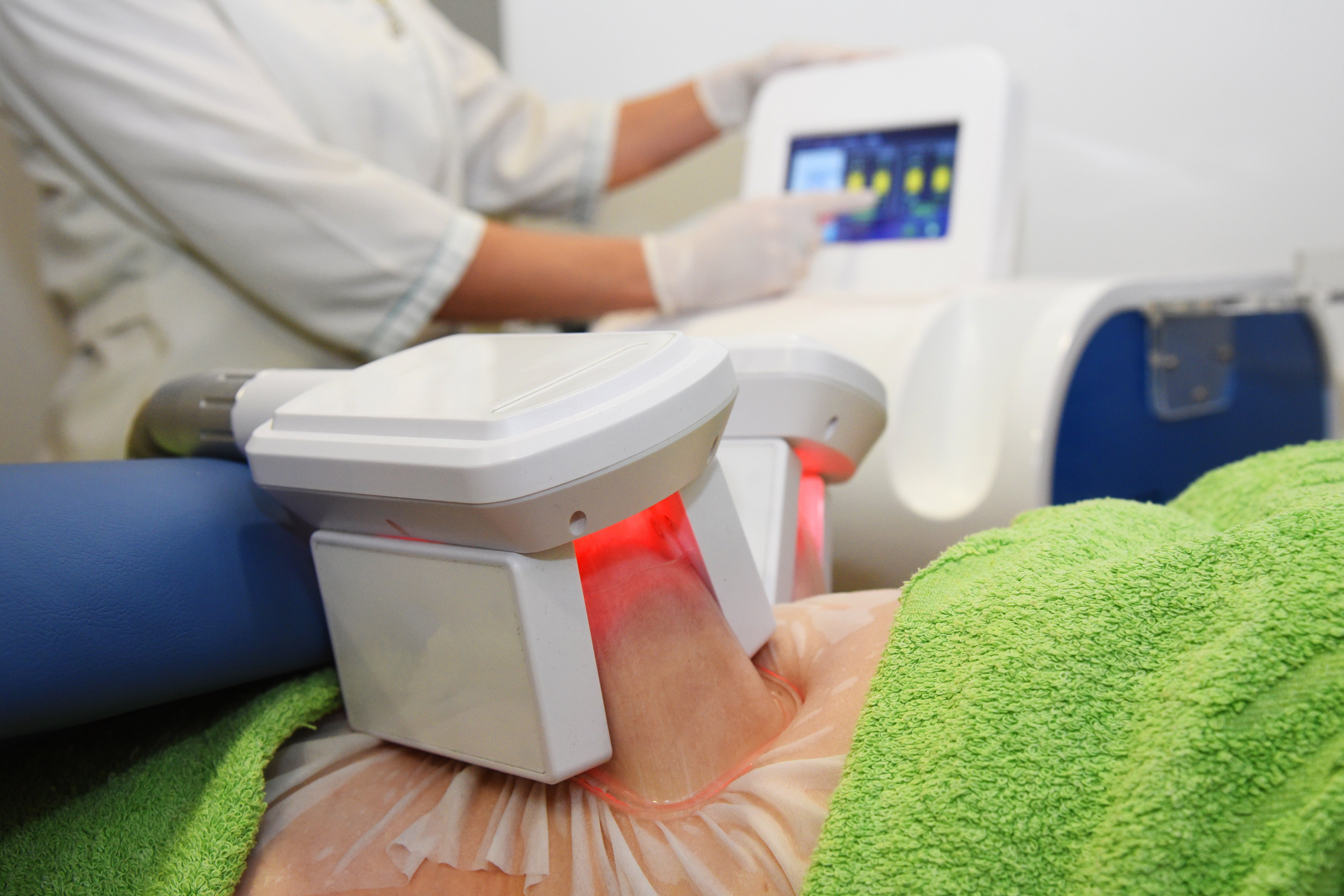CoolSculpting: What is the cosmetic procedure and what are the potential side effects?
Supermodel Linda Evangelista claims she was left ‘permantely deformed’ by cosmetic procedure

Your support helps us to tell the story
From reproductive rights to climate change to Big Tech, The Independent is on the ground when the story is developing. Whether it's investigating the financials of Elon Musk's pro-Trump PAC or producing our latest documentary, 'The A Word', which shines a light on the American women fighting for reproductive rights, we know how important it is to parse out the facts from the messaging.
At such a critical moment in US history, we need reporters on the ground. Your donation allows us to keep sending journalists to speak to both sides of the story.
The Independent is trusted by Americans across the entire political spectrum. And unlike many other quality news outlets, we choose not to lock Americans out of our reporting and analysis with paywalls. We believe quality journalism should be available to everyone, paid for by those who can afford it.
Your support makes all the difference.When it comes to changing one’s appearance through cosmetic procedures or surgeries, there are often health risks, even when it comes to treatments that are generally considered safe.
Supermodel Linda Evangelista recently spoke candidly about her own experience with the negative outcomes of cosmetic treatments on Instagram, where she revealed that she has been “permanently deformed” by a CoolSculpting procedure.
According to Evangelista, who has since filed a lawsuit against Zeltiq Aesthetics, the parent company of CoolSculpting, the non-invasive fat-freezing technique that she underwent five years ago “did the opposite of what it promised”.
“It increased, not decreased, my fat cells and left me permanently deformed even after undergoing two painful, unsuccessful, corrective surgeries,” the Canadian model wrote on Instagram, before revealing that she has developed “Paradoxical Adipose Hyperplasia or PAH,” a rare side effect of the procedure that sees the targeted fat cells grow bigger instead of smaller.
This is everything you need to know about CoolSculpting and the risks associated with the procedure.
What is CoolSculpting and how does it work?
CoolSculpting, which is the brand name for cryolipolysis or “fat-freezing,” is a non-invasive cosmetic procedure that uses cold temperatures to break down fat cells.
The method, which is generally considered safe, was FDA approved in 2010 as a procedure for targeting, and reducing, fat cells and as a noninvasive alternative to liposuction.
According to Harvard Medical School, the procedure was invented, in part, after researchers observed fat degradation in the cheeks of children who ate popsicles.
“Skin samples taken from pediatric patients like these showed inflammation in the fat, but normal overlying skin. Thus, it appeared that fat may be more sensitive to cold injury than other tissue types,” the university’s medical school explains.
The cosmetic procedure involves the use of cooling paddles applied to the area in question, which suction the skin and fat to break down fat cells. According to the American Society for Dermatologic Surgery (ASDS), the fat is cooled for up to an hour, during which time patients generally feel a cold sensation before going numb.
The treatment, which has no recovery time, usually requires multiple sessions, with patients typically able to see results in two to four months, the ASDS notes.
According to Medical News Today, in the months after the procedure, the area of fat will decrease by an average of 20 per cent.
What are the risks associated with CoolSculpting?
According to the CoolSculpting website, typical side effects include temporary redness, swelling, bruising, firmness, tingling, stinging, tenderness, cramping, aching, itching, or skin sensitivity. The procedure can also cause a “sensation of fullness in the back of the throat after submental or submandibular area treatment”.
The website also states that “rare side effects” may also occur, and result in “visible enlargement in the treated area, which may develop two to five months after treatment and requires surgical intervention for correction”.
While complications are rare, they are not non-existent, as Medical News Today references an analysis by the Aesthetic Surgery Journal, which found that, of 1,445 people, 12 people - which is less than 1 per cent - reported complications as a result of the procedure.
According to the outlet, the most common complication was having less sensation than beforehand in the area treated with CoolSculpting.
The outlet also noted that a 2014 article described an “isolated case of a condition called paradoxical adipose hyperplasia following cryolipolysis,” which was reported to affect just 0.005 per cent of people.
According to Medical News Today, the rare complication that can occur as a result of cryolipolysis is more common in men and people of Latino or Hispanic descent than in other races.
In her Instagram statement, Evangelista said that she was “not made aware before I had the procedure” of the potential risk of developing PAH.
The Independent has contacted Zeltiq’s parent company, Allergan, for comment.




Join our commenting forum
Join thought-provoking conversations, follow other Independent readers and see their replies
Comments